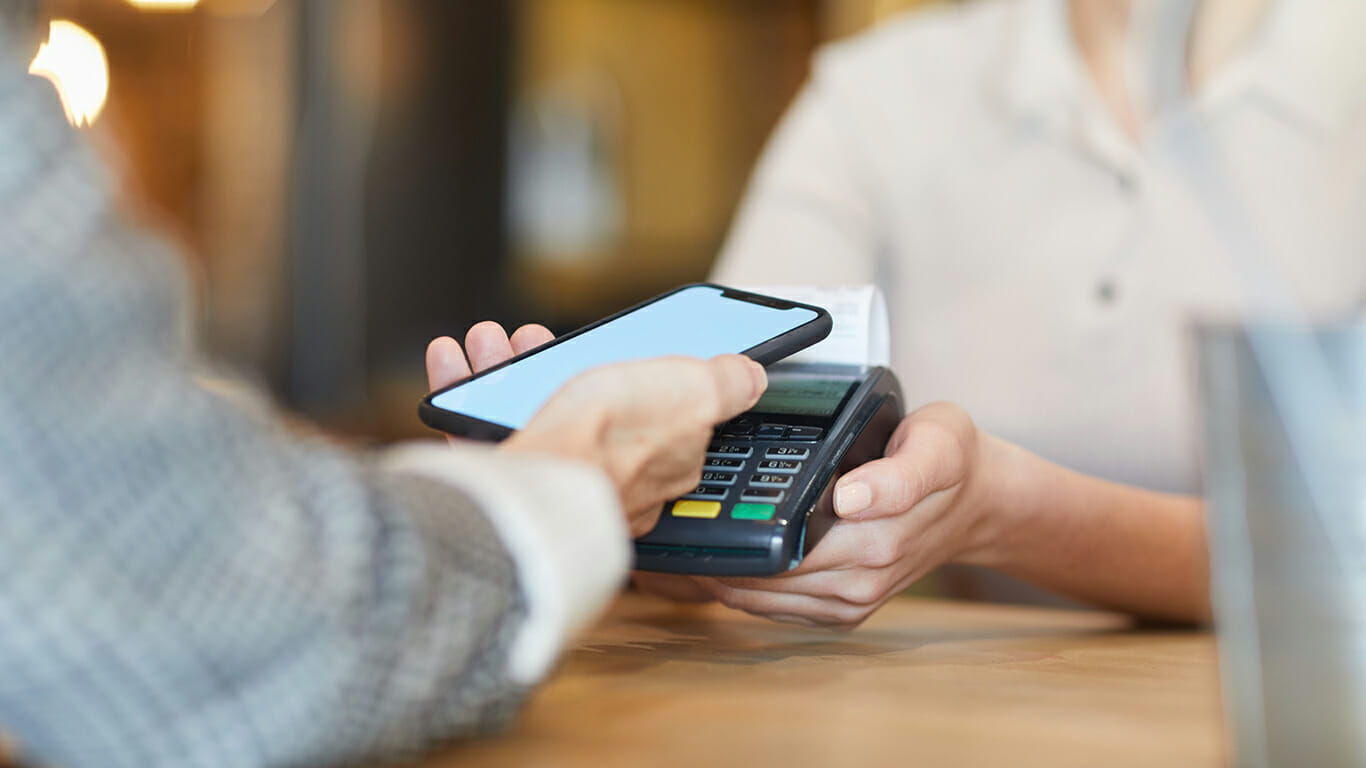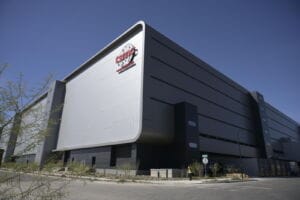Retail businesses face a critical decision when choosing a point-of-sale (POS) system: opting for a cloud-based solution or sticking with a traditional, on-premises system. Each option offers distinct advantages and challenges, impacting operational efficiency, cost, and scalability. This article explores the key differences between cloud and traditional POS systems, providing retailers with the insights needed to make an informed choice.
Understanding Traditional POS Systems
Traditional POS systems, often referred to as on-premises or legacy systems, rely on local servers and hardware installed at the retail location. These systems have been the backbone of retail operations for decades, offering robust functionality for transaction processing, inventory management, and reporting.
- Hardware Dependency: Traditional systems require dedicated hardware, such as cash registers, barcode scanners, and on-site servers, which can be costly to purchase and maintain.
- Local Data Storage: All transaction data is stored on local servers, providing direct control but requiring regular backups to prevent data loss.
- Upfront Costs: These systems typically involve significant initial investments in hardware, software licenses, and installation.
- Limited Remote Access: Accessing data or managing the system remotely is often challenging, requiring complex setups like VPNs.
Traditional POS systems are known for their reliability in environments with stable operations, but they can be rigid and expensive to scale.
MORE NEWS: 10 best resorts in Arizona for 2025, according to Travel + Leisure
The Rise of Cloud-Based POS Systems
Cloud-based POS systems operate on remote servers, with data stored in the cloud and accessed via the internet. This modern approach has gained popularity due to its flexibility and cost-effectiveness, particularly for small to medium-sized retailers.
- Minimal Hardware Needs: Cloud systems often run on standard devices like tablets or laptops, reducing the need for specialized equipment.
- Real-Time Data Access: Retailers can access sales, inventory, and analytics from anywhere with an internet connection, enabling better decision-making.
- Subscription-Based Pricing: Instead of large upfront costs, cloud POS systems typically use a monthly subscription model, making them more affordable initially.
- Automatic Updates: Software updates and maintenance are handled by the provider, ensuring the system remains current without manual intervention.
Cloud-based systems are particularly appealing for businesses seeking scalability and remote management capabilities.
Key Differences Between Cloud and Traditional POS Systems
When deciding between a cloud-based and traditional POS system, retailers must consider several factors, including cost, scalability, and operational needs. A Retail POS System like those offered by modern providers can bridge the gap, but understanding the core differences is essential.
- Cost Structure: Traditional systems require significant upfront investments, while cloud systems spread costs over time through subscriptions. According to a Forbes article, cloud POS systems can reduce initial expenses by up to 60% compared to legacy systems.
- Scalability: Cloud systems allow retailers to add new terminals or locations with ease, while traditional systems often require additional hardware and complex configurations.
- Maintenance: Traditional POS systems demand in-house IT support for updates and troubleshooting, whereas cloud systems are maintained by the provider.
- Data Security: Traditional systems store data locally, which can be secure but vulnerable to physical damage. Cloud systems rely on provider-managed security, which often includes encryption and regular backups.
Retailers must weigh these factors against their business size, budget, and growth plans.
Benefits and Drawbacks of Traditional POS Systems
Traditional POS systems remain a viable choice for certain retailers, particularly those with established operations or limited internet access.
Benefits:
- Reliability: Operate independently of internet connectivity, ensuring functionality during outages.
- Control: Local data storage provides full ownership and control over sensitive information.
- Customization: Can be tailored to specific business needs with custom software integrations.
Drawbacks:
- High Costs: Upfront expenses for hardware and software can be prohibitive for small businesses.
- Limited Flexibility: Scaling or adding new features often requires significant time and investment.
- Maintenance Burden: Retailers are responsible for system updates, repairs, and data backups.
Benefits and Drawbacks of Cloud-Based POS Systems
Cloud-based POS systems are increasingly favored for their adaptability and cost efficiency, but they come with their own set of challenges.
Benefits:
- Cost-Effective: Lower initial costs and predictable monthly fees make budgeting easier.
- Scalability: Easily add new terminals or locations without major infrastructure changes.
- Accessibility: Real-time data access from any device with an internet connection.
- Integration: Seamlessly integrates with e-commerce platforms, CRM tools, and accounting software.
Drawbacks:
- Internet Dependency: Requires a stable internet connection, which can be a limitation in remote areas.
- Ongoing Costs: Subscription fees can accumulate over time, potentially exceeding traditional system costs for long-term use.
- Security Concerns: Data stored in the cloud relies on the provider’s security measures, which may raise concerns for some retailers.
A Statista report projects the global cloud POS market to grow significantly, reflecting its increasing adoption.
Which System Suits Your Retail Business?
Choosing between cloud and traditional POS systems depends on a retailer’s specific needs, budget, and operational environment. Here’s how to choose the best POS system:
- Small Businesses: Cloud-based systems are often ideal due to lower upfront costs and ease of use. They allow startups to manage operations efficiently without significant investments.
- Large Retail Chains: Traditional systems may be preferred for businesses with multiple locations requiring customized solutions and robust offline capabilities.
- Hybrid Needs: Some retailers opt for hybrid systems, combining local hardware with cloud-based features for flexibility and reliability.
Retailers should assess their internet reliability, growth plans, and budget constraints. For instance, a small boutique with a single location may benefit from the affordability of a cloud system, while a large chain with complex inventory needs might prioritize the control offered by a traditional setup.
Security Considerations for Both Systems
Data security is a critical concern for retailers handling customer payments and sensitive information.
- Traditional Systems: Local storage reduces reliance on external servers but requires robust physical security and regular backups to prevent data loss from hardware failures.
- Cloud Systems: Reputable providers implement advanced encryption and compliance with standards like PCI DSS, but retailers must ensure the provider’s security measures are reliable.
Retailers should prioritize systems with strong encryption, regular security updates, and compliance with industry standards, regardless of the type chosen.
Future Trends in POS Systems
The POS landscape is evolving, with emerging technologies shaping both cloud and traditional systems.
- AI Integration: Both system types are incorporating AI for predictive analytics, inventory optimization, and personalized customer experiences.
- Mobile POS: Cloud systems are driving the adoption of mobile POS solutions, allowing staff to process transactions anywhere in the store.
- Omnichannel Capabilities: Cloud-based systems are better positioned to integrate with e-commerce platforms, creating seamless customer experiences across online and offline channels.
As retail continues to evolve, the flexibility of cloud-based systems positions them as a forward-looking choice, though traditional systems remain relevant for specific use cases.
Final Words
Selecting the right POS system is a pivotal decision for retailers, balancing cost, scalability, and operational needs. Cloud-based systems offer flexibility and affordability, ideal for small businesses or those with growth ambitions, while traditional systems provide reliability and control for established operations. By evaluating their unique requirements and future goals, retailers can choose a system that aligns with their business strategy and enhances efficiency.




